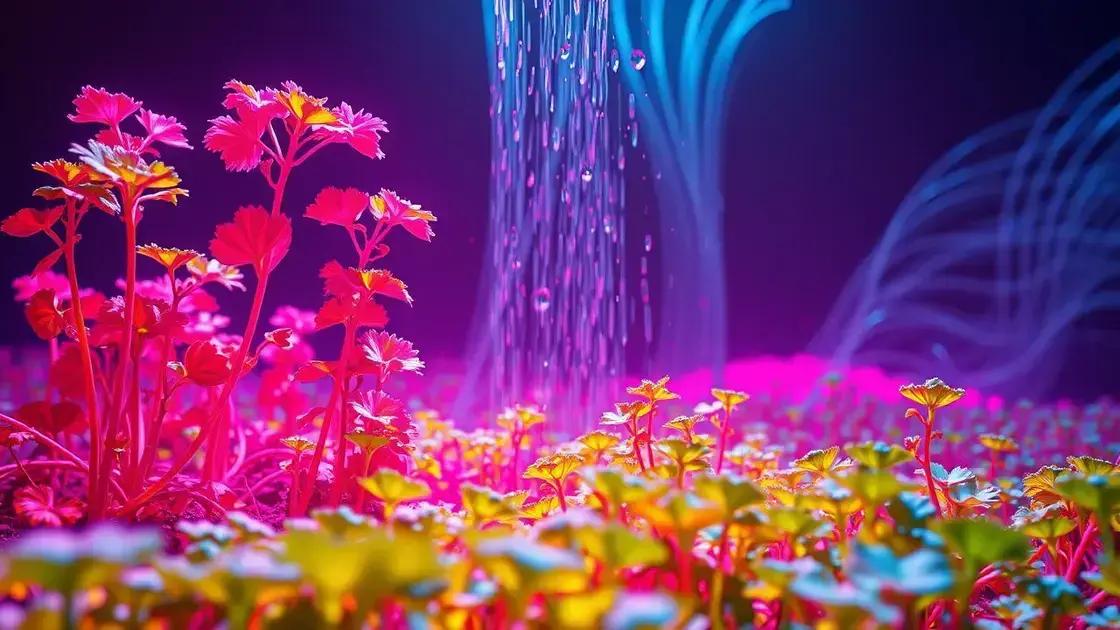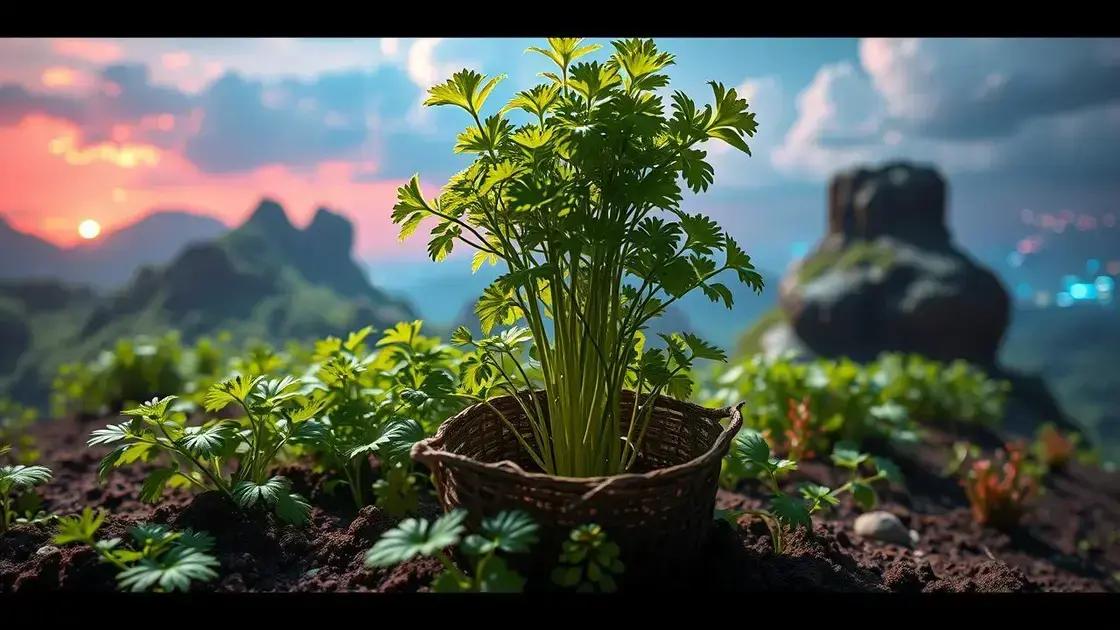How to Care for Coriander Plant: 7 Essential Tips for Every Gardener
How to care for coriander plant enthusiasts are always on the lookout for effective tips and tricks to improve their gardening skills. Whether you’re growing this aromatic herb in your backyard or nurturing it in pots indoors, the right techniques can make all the difference. In this guide, you’ll find essential information about ensuring your coriander thrives.
Table of Contents
ToggleUnderstanding the ideal soil requirements for coriander
Understanding the ideal soil requirements for coriander is crucial for successful cultivation. Planting coriander in the right type of soil ensures that it receives the nutrients it needs to flourish. Let’s explore what makes the best soil for growing this delightful herb.
Essential soil characteristics for coriander
- Well-draining: Coriander dislikes soggy roots, so a medium that allows excess water to drain is essential.
- Loamy texture: A mix of sand, silt, and clay supports healthy growth by retaining moisture while providing adequate aeration.
- pH level: Aim for a pH level between 6.2 and 6.8 for optimal nutrient absorption.
- Nutrient-rich: Adding compost or organic matter can enhance soil fertility, promoting vigorous plant growth.
Soil preparation steps for successful growth
- Test the soil pH using a soil testing kit to ensure it’s within the ideal range.
- Amend the soil with organic matter like compost or peat moss to improve fertility.
- Mix in sand or perlite to enhance drainage, especially if using heavy soil.
- Rake the soil to create a leveled seedbed before planting coriander seeds.
Common mixture recommendations for coriander
| Soil Type | Key Features |
|---|---|
| All-purpose potting mix | Balanced blend, retains moisture, great for container gardening. |
| Cactus mix | Ideal for fast-draining needs, useful for indoor pots. |
| Custom blend | Mix equal parts of loamy soil, compost, and sand for optimum results. |
Caring for your coriander plant goes beyond just soil. Examining exploring indoor gardening techniques can elevate your gardening experience. Remember that healthy soil forms the foundation of any successful garden, allowing your coriander plants to thrive and produce flavorful greens!
Watering and light needs for optimal coriander growth

Watering and light needs for optimal coriander growth are essential for ensuring a thriving plant. Proper moisture levels and light exposure can make a significant difference in the health of your coriander.
Watering requirements for coriander
- Frequency: Water coriander plants regularly, ensuring the soil remains consistently moist but not waterlogged.
- Signs of overwatering: Yellowing leaves and root rot can indicate excessive moisture.
- Signs of underwatering: Wilting leaves and dry soil signify a lack of water.
Best practices for watering
- Water the plants in the early morning to reduce evaporation and allow for effective absorption.
- Use a watering can or drip irrigation for even moisture distribution.
- Adjust the frequency based on weather conditions; increase watering during hotter months.
Light needs for flourishing coriander
- Full sun: Coriander thrives in 6-8 hours of direct sunlight daily.
- Indirect light: If growing indoors, use bright, filtered light to prevent leaf scorch.
Table of light conditions
| Light Condition | Effects on Coriander Growth |
|---|---|
| Full sun | Promotes healthy and vigorous growth, enhancing flavor. |
| Partial shade | May lead to slower growth and reduced leaf production. |
| Low light | Inhibits growth, potentially causing bolting. |
Combining proper watering with adequate light levels, as noted in exploring indoor gardening techniques, will significantly enhance your coriander’s health. These practices ensure your plants will produce vibrant leaves, making them a delightful addition to your dishes!
Common pests and how to manage them effectively
Common pests and how to manage them effectively is crucial for maintaining the health of your coriander plants. Identifying the right pest control methods can prevent significant damage and ensure your plants thrive.
Common pests that affect coriander
- Aphids: Small, soft-bodied insects that feed on sap, weakening plant health.
- Caterpillars: Larvae of moths that chew on leaves, causing holes and significant leaf loss.
- Spider mites: Tiny pests that thrive in dry conditions, leading to yellowing leaves and fine webbing.
- Whiteflies: Small, white flying insects that also suck sap and can transmit diseases.
Effective pest management strategies
- Regularly inspect plants for early signs of infestation, focusing on undersides of leaves.
- Use organic insecticidal soap or neem oil to treat affected areas; these options are both effective and safe for edible plants.
- Introduce beneficial insects such as ladybugs and lacewings that naturally prey on common pests.
- Practice crop rotation and companion planting to disrupt pest life cycles.
Comparing pest control methods
| Method | Effectiveness | Safety |
|---|---|---|
| Insecticidal soap | High | Safe for humans and pets |
| Neem oil | Moderate | Generally safe; avoid direct sunlight when applied |
| Beneficial insects | High | Completely safe and sustainable |
| Cultural practices | High | Safe; promotes overall plant health |
By implementing these strategies to combat pests, you’ll ensure robust growth and a bountiful harvest. Don’t forget to check out exploring indoor gardening techniques for more tips on keeping your herbs healthy!
In conclusion
Caring for your coriander plant encompasses a range of essential practices, from understanding soil and watering needs to managing pests effectively. By providing the right environment, such as optimal light and moisture conditions, and employing effective pest control strategies, you set your coriander up for success. Consistent attention to these aspects will yield a vibrant and flavorful herb, ready to enhance your culinary dishes. For more insights and tips on enhancing your indoor garden, explore online communities dedicated to gardening enthusiasts!

